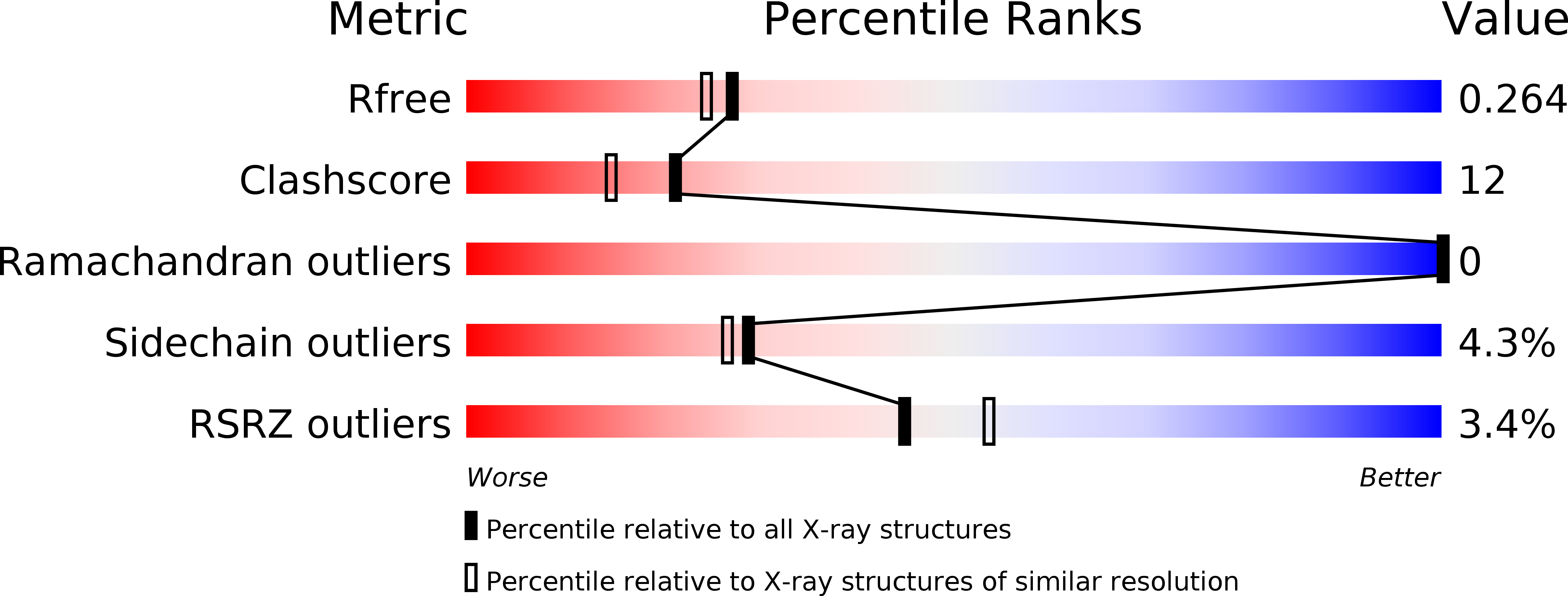
Deposition Date
2010-02-18
Release Date
2010-09-22
Last Version Date
2024-11-06
Method Details:
Experimental Method:
Resolution:
2.15 Å
R-Value Free:
0.26
R-Value Work:
0.21
R-Value Observed:
0.22
Space Group:
P 61


